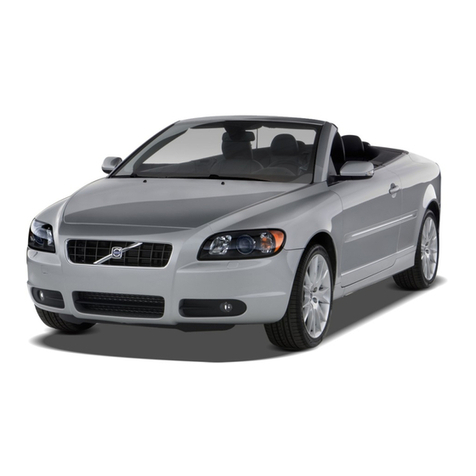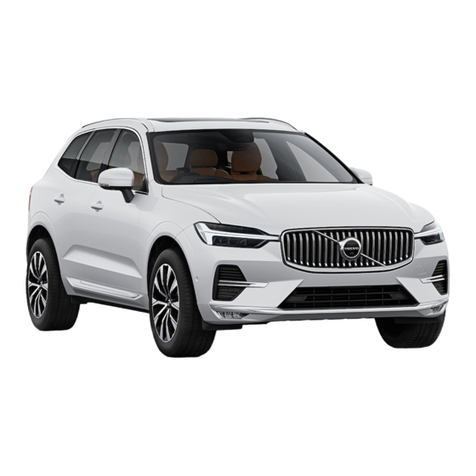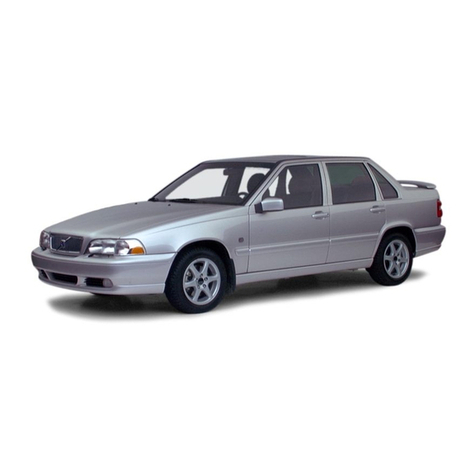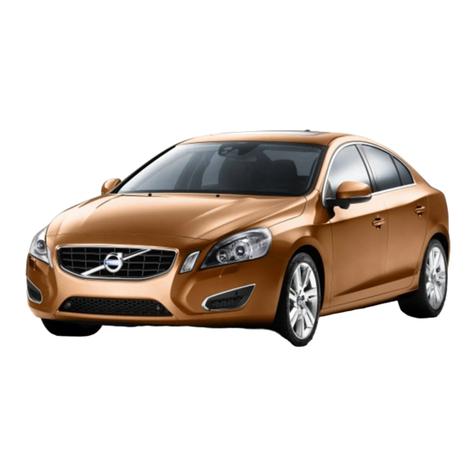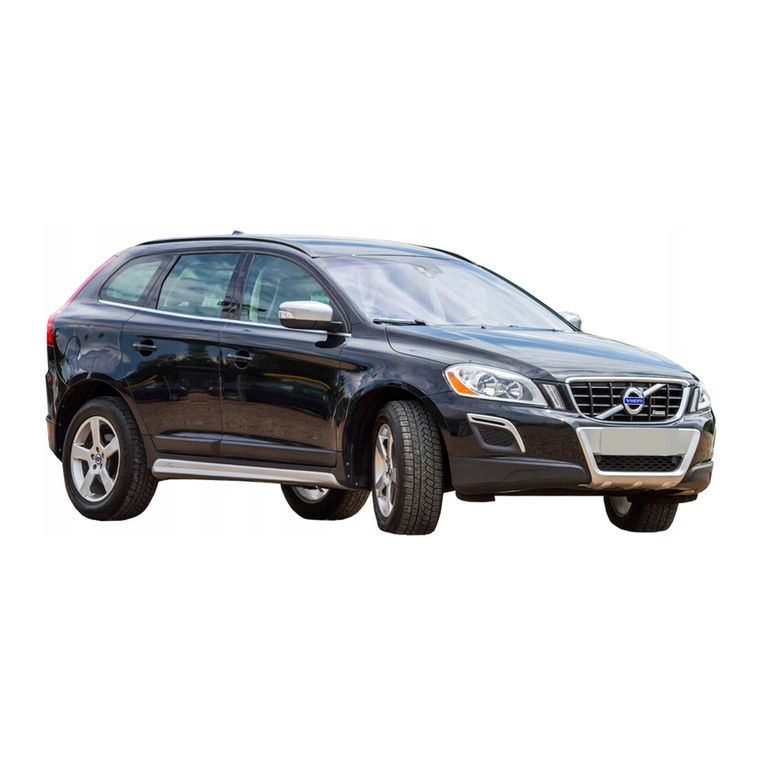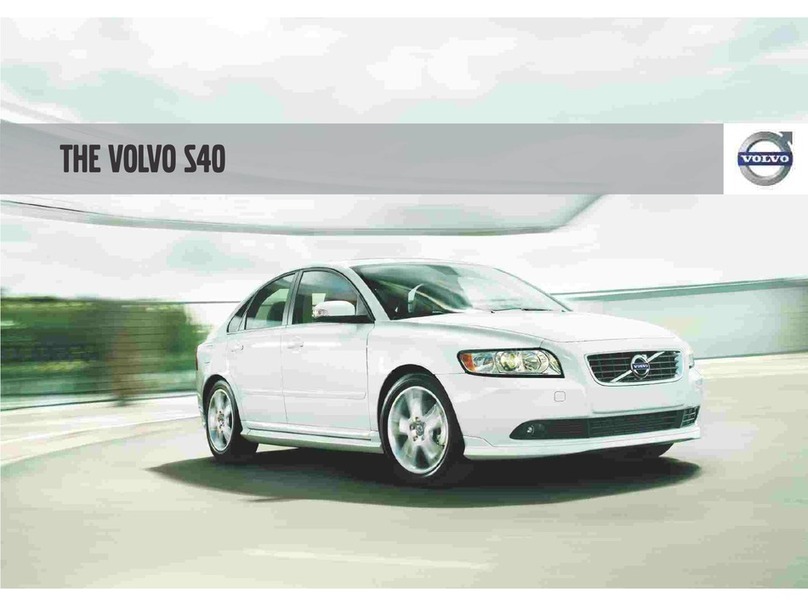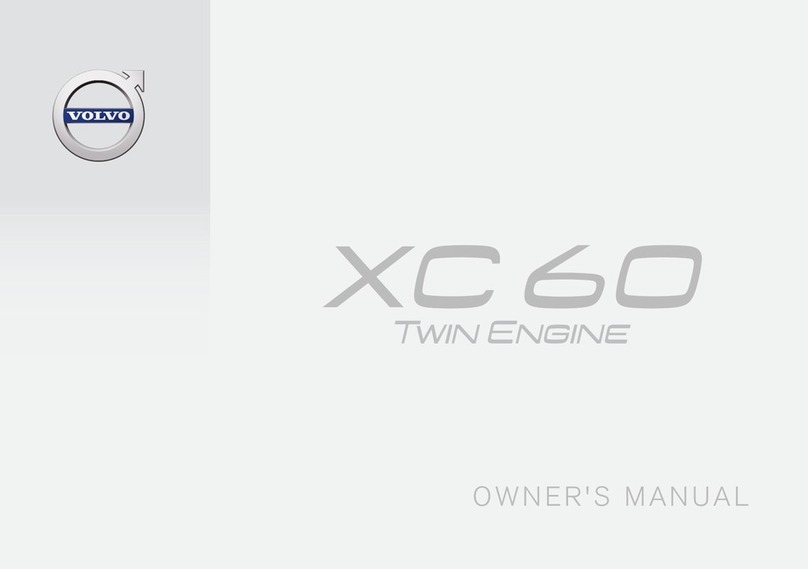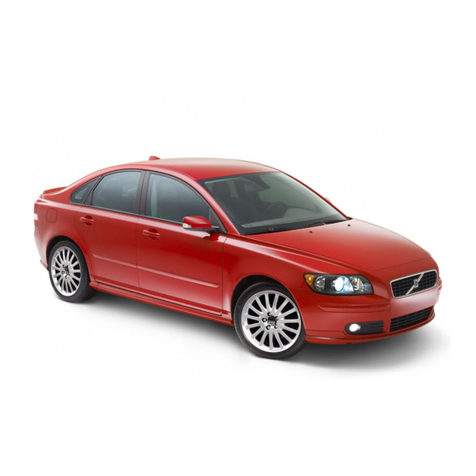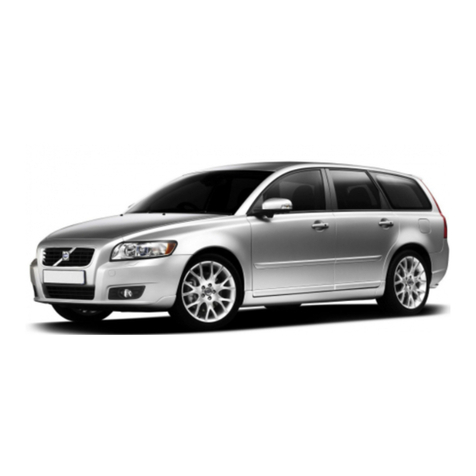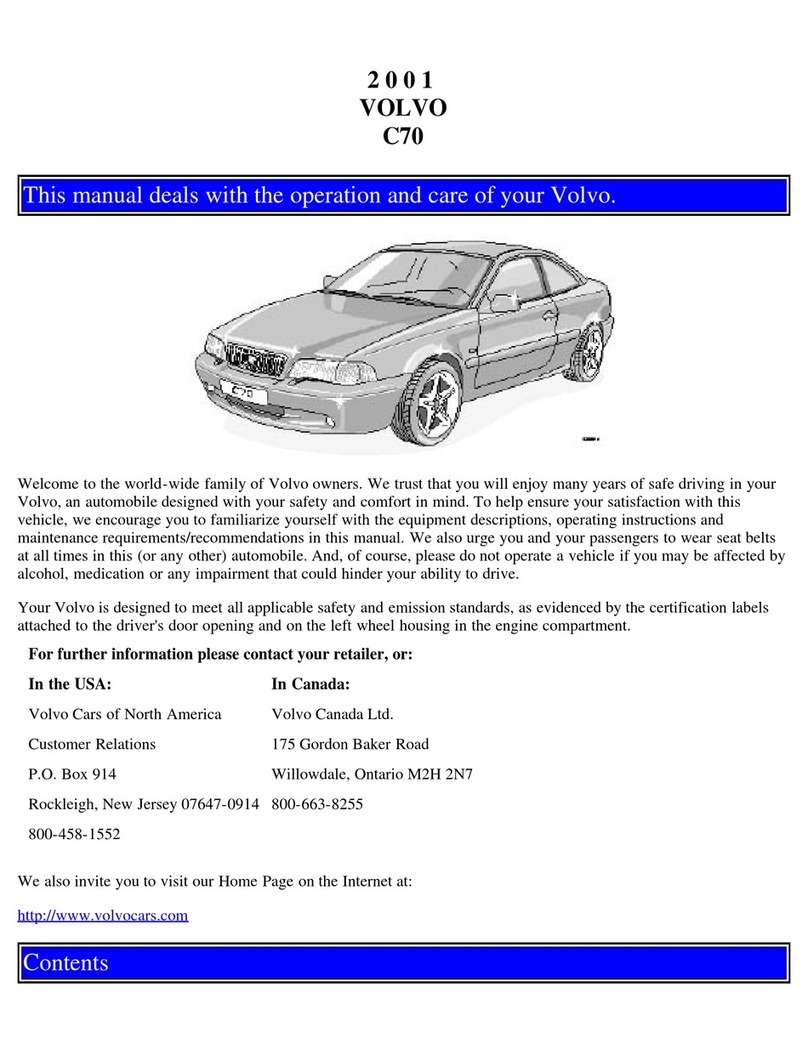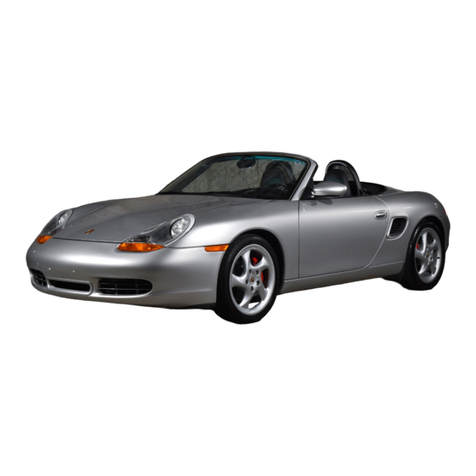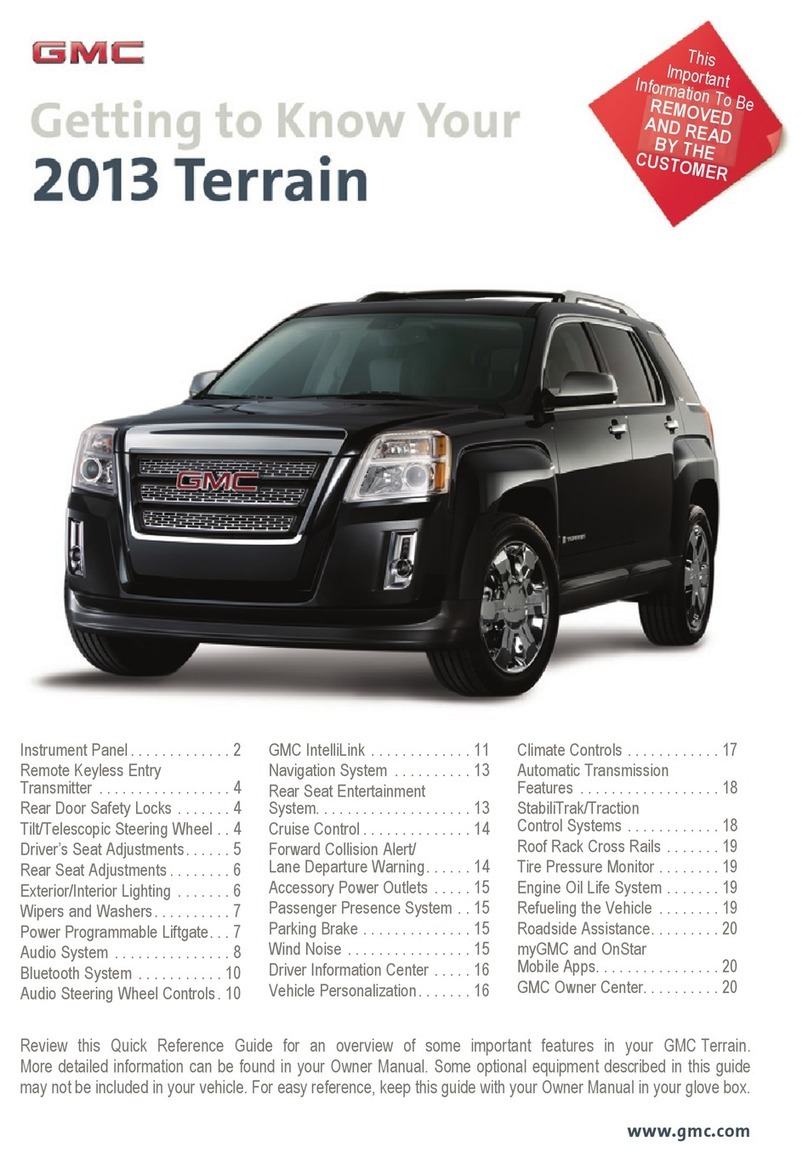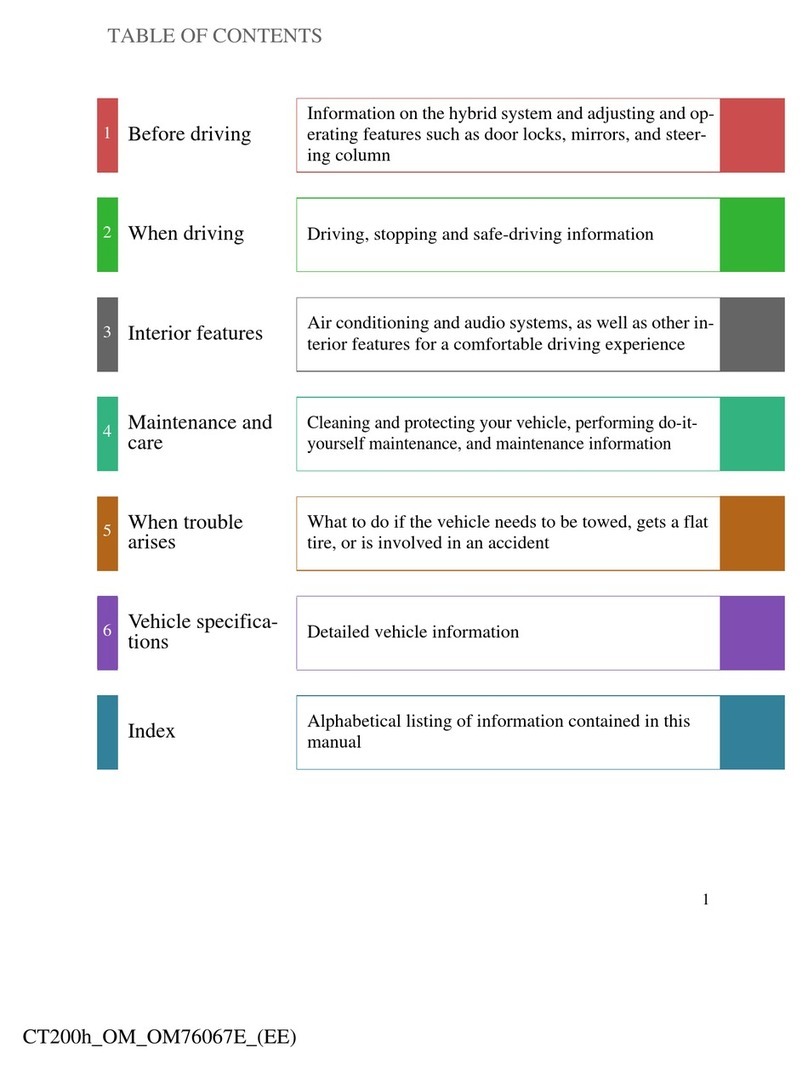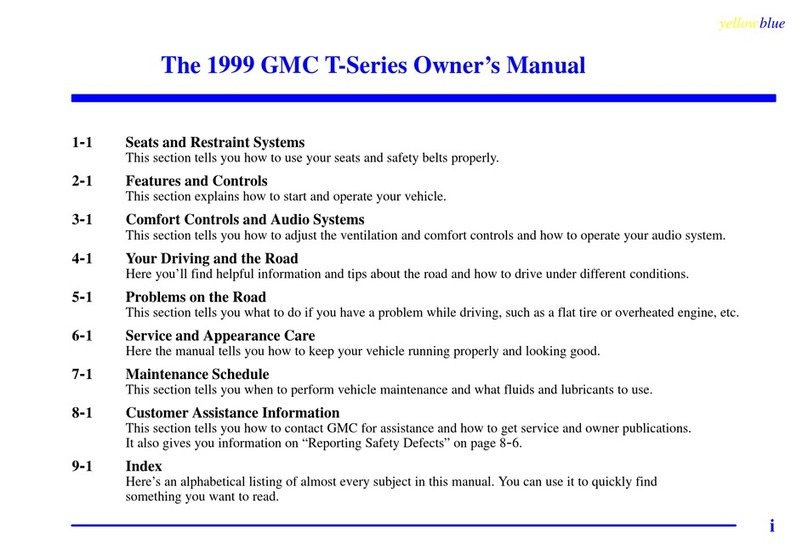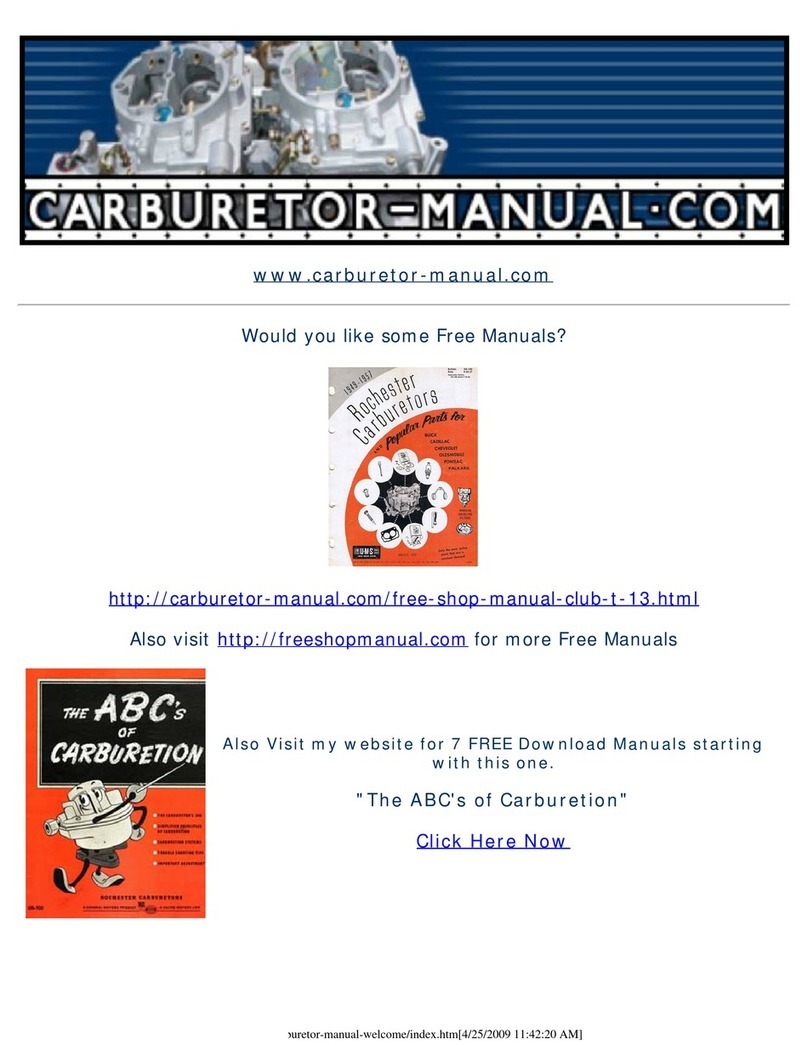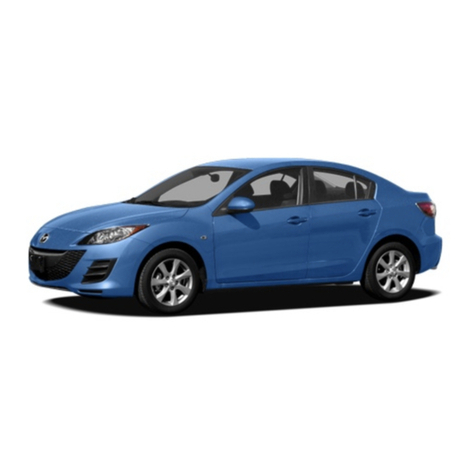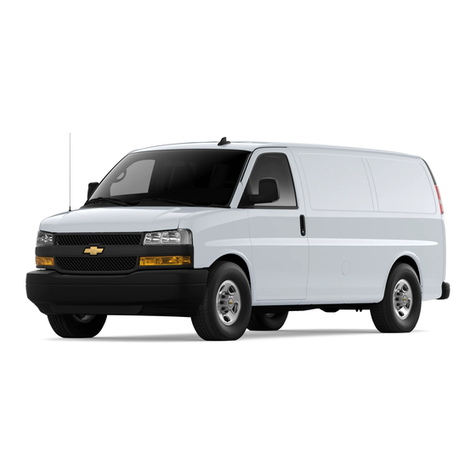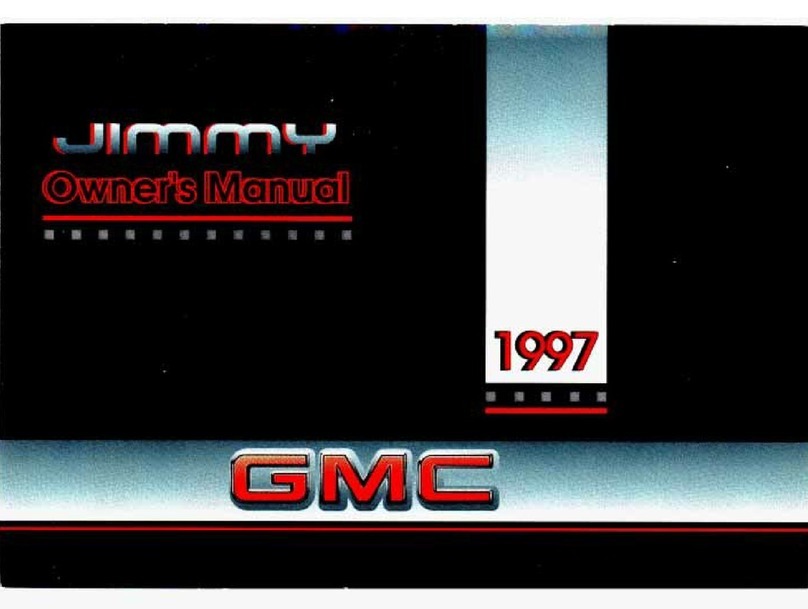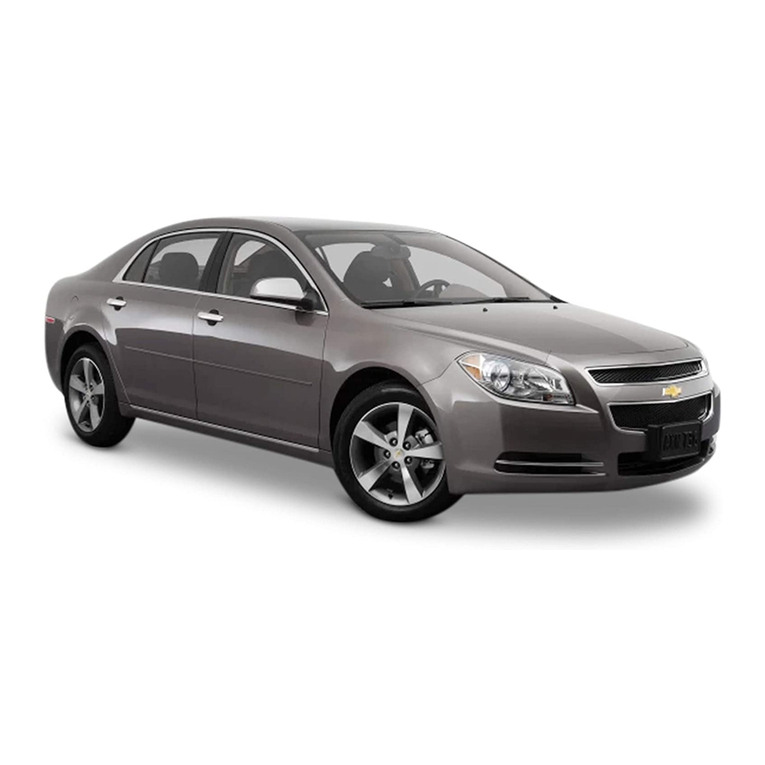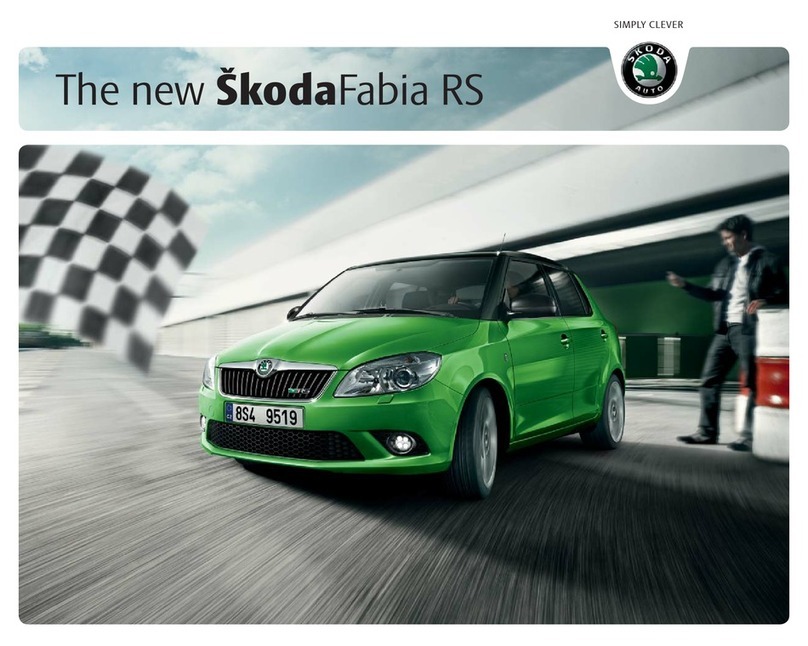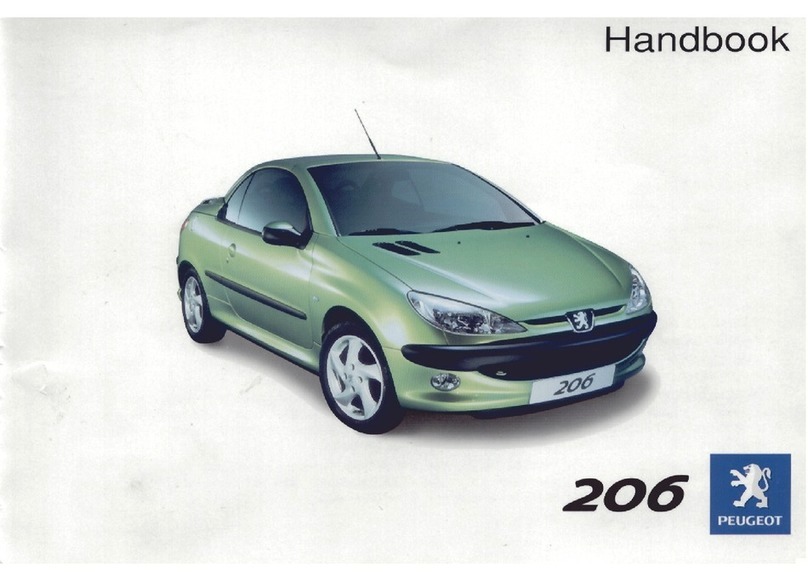
EBA – EMERGENCY BRAKE ASSIST
Emergency Brake Assistance helps to increase
brake force and so reduce braking distance.
EBA is activated when the driver brakes sud-
denly. When EBA is activated the brake pedal
depresses a little more than usual.
– Press (hold) down the brake pedal for as long
as necessary – all braking ceases if the pedal
is released.
CAR CARE
Handwashing is gentler on the paintwork than
an automatic car wash. The paintwork is also
more sensitive when it is new. For this reason,
handwashing is recommended during the first
few months with a new car.
Use clean water and a washing sponge.
Remember that dirt ad grit can scratch the
paintwork.
DRIVER SUPPORT SYSTEM
City Safety™ and Collision Warning with
Auto-Brake & Pedestrian detection*
These functions help the driver to avoid a col-
lision in situations when changes in the traffic
ahead, combined with a lapse in attention, could
lead to an incident.
The function is active at speeds below 30 km/h
and helps the driver by monitoring the traffic
ahead with a laser sensor fitted in the upper part
of the windscreen.
City Safety™ can help avoid a collision if the
speed difference between your car and the
vehicle in front is less than 15 km/h.
If the speed difference is greater then a collision
cannot be avoided, but the speed of the initial
impact is reduced. City Safety™ is designed to
be activated as late as possible in order to avoid
unnecessary interventions.
WARNING
The driver is always responsible that the
vehicle is driven in a correct manner and with
a safety distance adapted to the speed.
City Safety™ is a driver tool and can never
replace the driver's attention to the traffic or
the responsibility to drive the vehicle in a safe
manner.
Pedestrian detection (detector for pedestri-
ans in front of the car) gives no warning or
brake intervention at vehicle speeds above
80 km/h, and it does not work in the dark or
in tunnels.
The function cannot detect a pedestrian who:
is partially obscured
is shorter than 80 cm tall
is wearing clothing that conceals the
contours of the body.
•
•
•
Other driver support systems
In order to help the driver to e.g. brake in time,
maintain a safe distance to other vehicles and to
notice vehicles moving in the same direction as
the car, in the so-called blind spot, or to main-
tain a good position on the carriageway, the car
can be equipped with a number of systems:
Adaptive cruise control (man)*
Adaptive cruise control with Queue Assist
(aut)*
Distance Alert*
BLIS – (Blind Spot Information System)*
Driver Alert Control*
Lane Departure Warning*.
See the owner's manual, section "Comfort and
driving pleasure", for more information about the
functions and their limitations.
•
•
•
•
•
•
